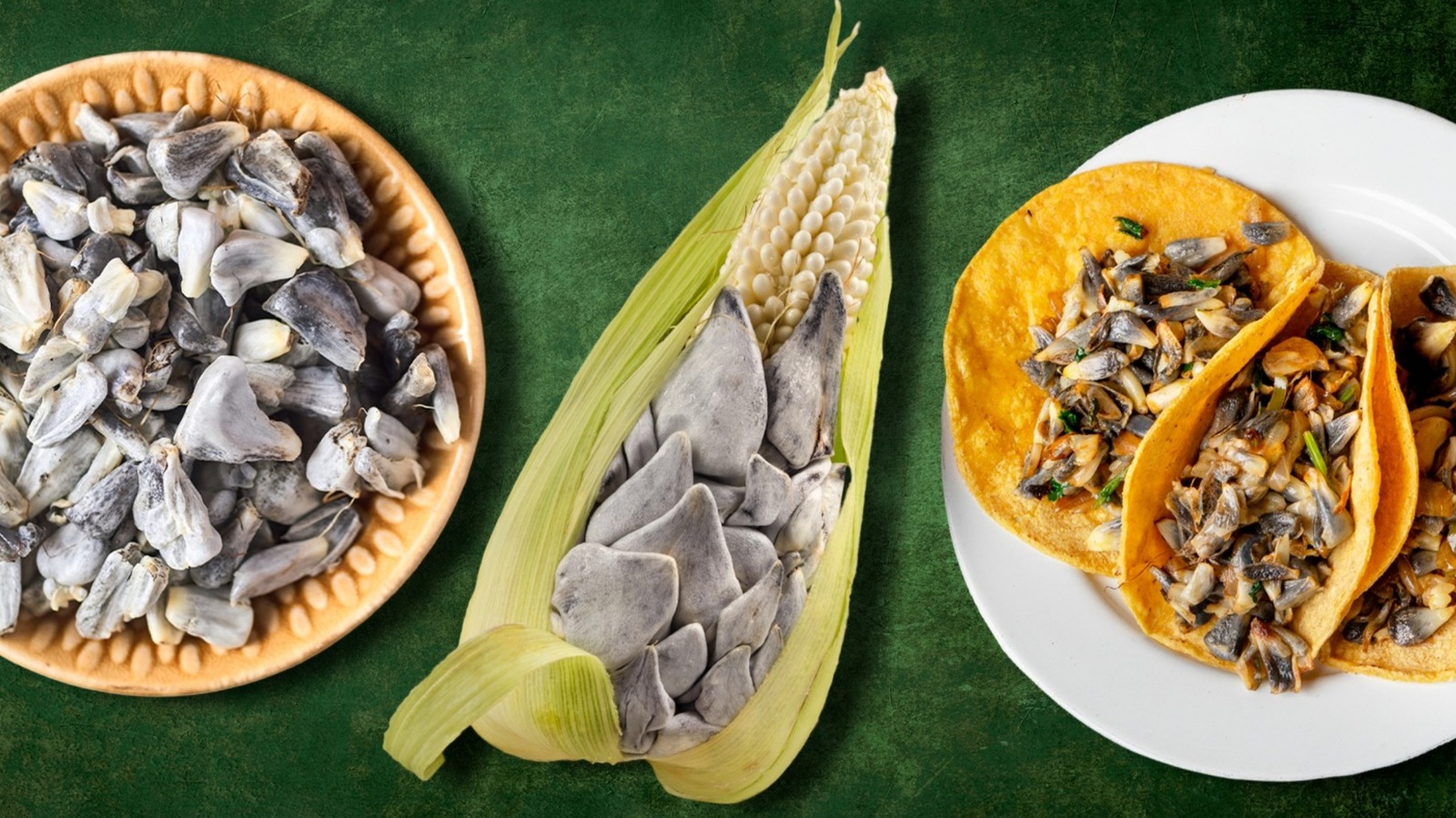
"Many of its dishes have migrated north in one way or another and become popular in the U.S., however, there are plenty of traditional recipes that remain scarce outside their regions of origin. One food that has been part of Mexican cooking for centuries but which is only just starting to gain notoriety further afield is huitlacoche, a dark fungus that grows on corn."
"In the 14th century, the Aztec empire was growing rapidly, and in order to grow enough crops to feed their growing population, they developed sophisticated agricultural systems that are still being used today. Nothing could stop a particular silvery-blue fungus from growing on their all-important corn crops, especially during the rainy season. Although it might have seemed like a catastrophe at first, the Aztecs soon discovered that this fungus could be treated as a valuable crop in its own right."
Mexican cuisine includes diverse native ingredients, farming practices, and preparation methods that vary regionally and reflect deep historical roots. Many traditional Mexican dishes have spread to the United States, yet numerous regional recipes remain uncommon outside their origins. Huitlacoche is a dark, silvery-blue fungus that grows on corn and is native to Central Mexico. The Aztecs incorporated huitlacoche into their cuisine, initially out of necessity, and later cultivated agricultural systems that tolerated and valued the fungus as a crop. Huitlacoche remains a staple in Central Mexican cooking and has begun appearing on menus at some upscale U.S. restaurants. The term fungus covers edible varieties and dangerous ones; some fungi like shiitake and truffles are safe to eat.
Read at Tasting Table
Unable to calculate read time
Collection
[
|
...
]